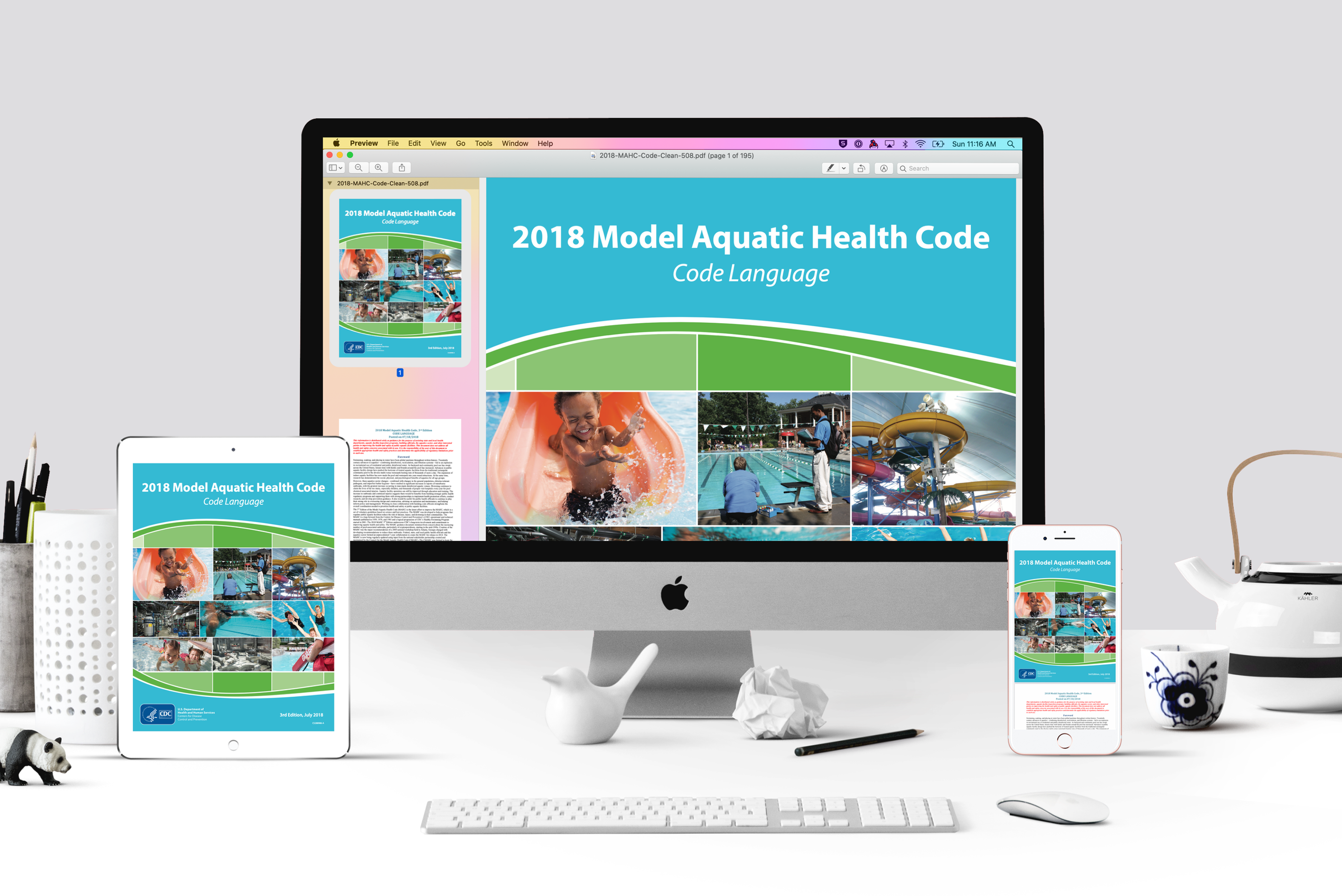Code
When QUALIFIED LIFEGUARDS are used, the staffing plan shall include diagrammed zones of PATRON surveillance for each AQUATIC VENUE such that:
1) The QUALIFIED LIFEGUARD is capable of viewing the entire area of the assigned zone of PATRON surveillance,
2) The QUALIFIED LIFEGUARD is able to reach the furthest extent of the assigned zone of PATRON surveillance within 20 seconds,
3) Identify whether the QUALIFIED LIFEGUARD is in an elevated stand, walking, in-water and/or other approved position,
4) Identifying any additional responsibilities for each zone, and
5) All areas of each AQUATIC VENUE are assigned a zone of PATRON surveillance.
Annex
The zones of PATRON surveillance are identified in the SAFETY PLAN so that all stakeholders are aware of the zones, how many QUALIFIED LIFEGUARDS are required to effectively cover all parts of the AQUATIC VENUE(S), and show that each zone can be effectively monitored by a QUALIFIED LIFEGUARD in accordance with the code.
The MAHC agrees that having identified zones of PATRON surveillance was one of the most needed components for all AQUATIC VENUES. QUALIFIED LIFEGUARDS should be able to determine their area of responsibility and be able to focus on that area. With the proper coverage, all areas of the AQUATIC VENUE needing to be covered would be assigned. The MAHC thought that one of the challenges in AQUATIC VENUE management is to ensure that QUALIFIED LIFEGUARDS understand the exact scope of their zone of PATRON surveillance. Training agencies and the ANSI STANDARDS for AQUATIC FACILITIES speak to “lifeguards understanding their responsibilities to their assigned stations.” This would include understanding what type of position (e.g., elevated, roaming) the QUALIFIED LIFEGUARD should be in for the most effective PATRON surveillance.
Both the ANSI/APSP-1 Public Swimming Pools and ANSI/APSP-9 standards state that the lifeguard “shall be positioned and provided equipment in order to reach the victim within 20 seconds of identification of a trauma or incident (e.g., response time).” Note that this time (20 seconds) addresses the time the rescuer must reach the furthest extent of the zone, which would include addressing size and shape of each zone, among other factors. It does not include the "recognition phase" in this time.
For the purposes of maintaining effective surveillance of a zone of PATRON responsibility, the zone is generally set up based on the location of the QUALIFIED LIFEGUARD and their ability to see the entire zone. In some cases, it requires the QUALIFIED LIFEGUARD roam to see the entire zone and in some cases the QUALIFIED LIFEGUARD must be elevated to see the whole zone. For this reason, the SAFETY PLAN must stipulate by what method the QUALIFIED LIFEGUARD can see the whole zone.
Additional responsibilities may include MONITORING of adjacent DECKS or MONITORING activities on a structure such as a WATERSLIDE, play element, or other AQUATIC FEATURE. As the aquatics industry has added other AQUATIC FEATURES to traditional AQUATIC VENUES, it is important to identify these additional responsibilities that may not be apparent if the zone were strictly a flat-water POOL.
An AQUATIC FACILITY may have more than one AQUATIC VENUE and for each AQUATIC VENUE, may have multiple zones of PATRON responsibility. These zones may overlap in some areas and it is important to show there are not unassigned areas. The MAHC does not speak to a time standard for identification of an incident versus the response time, as there are too many variables in the circumstances leading to an incident.

